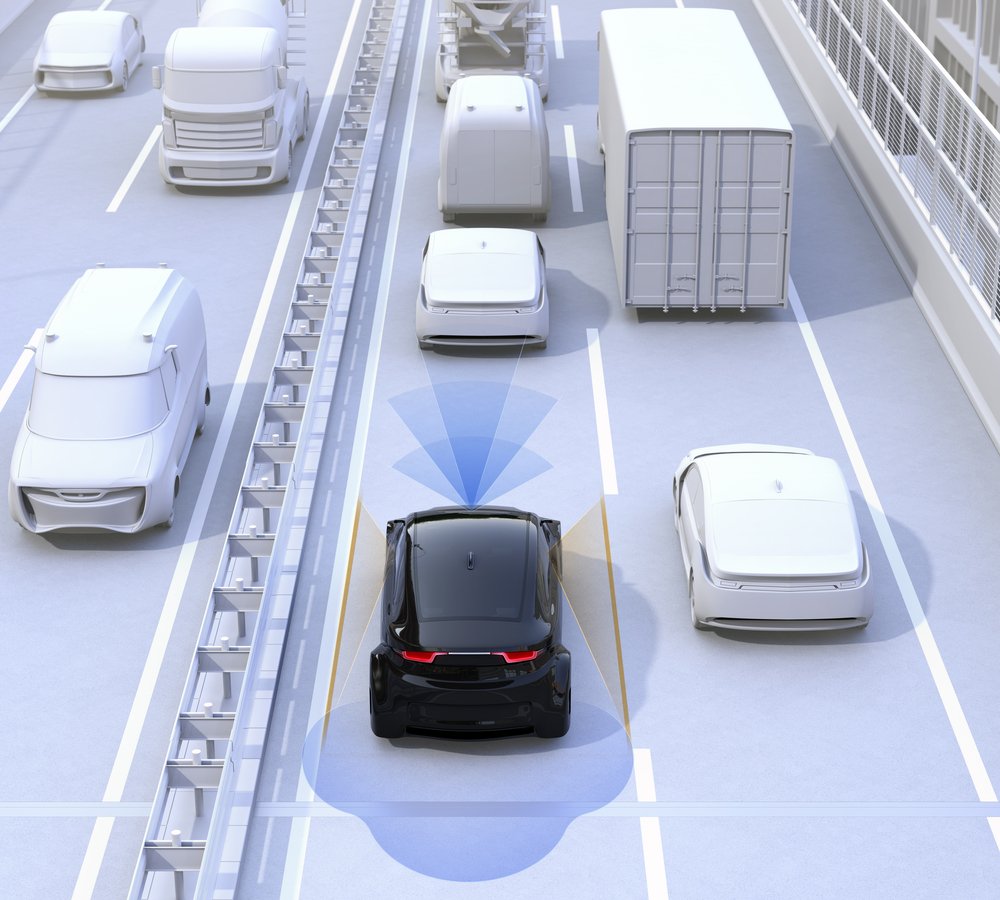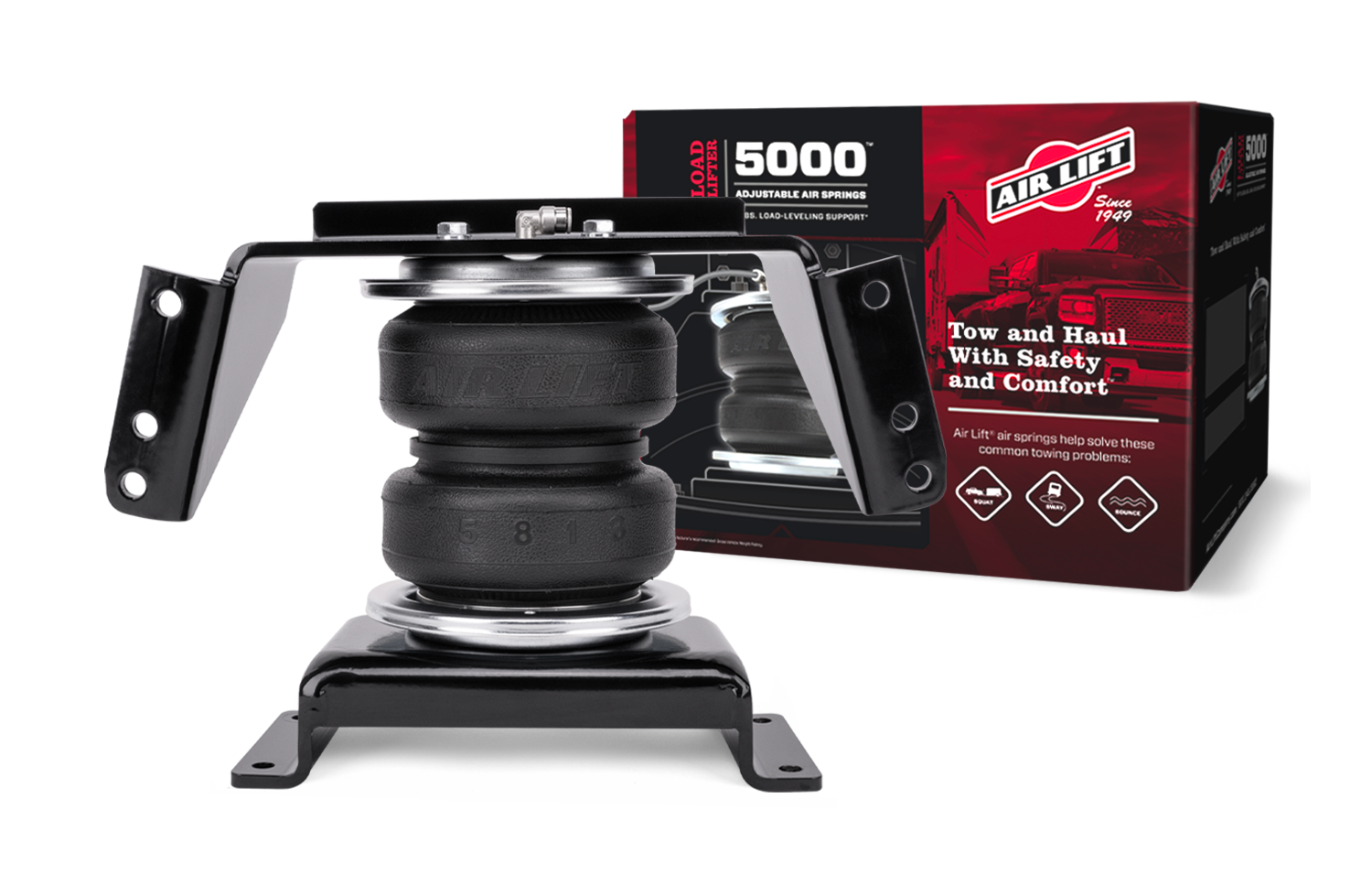
An important piece of the autonomous vehicle revolution could lay in what tires are used — and what’s inside them.
Tire manufacturers are looking to be a key part of the puzzle. According to a report from the Wall Street Journal, tires could feed real-time information to self-driving vehicles, allowing critical decisions to be made with even more important information.
However, the article noted that technical limitations and difficulties around data integration could get in the way.
Tire makers such as Goodyear and Bridgestone are looking to place sensors in tries that can gather and send the vehicle data on friction and road conditions — this would help the vehicle determine the appropriate time to start braking or how fast to take a turn.
But seeing this technology come to light has its challenges. For example, how is the sensor powered? To provide real-time data would, batteries wouldn’t be able to last the lifespan of the tire. Another question: How would data be integrated as the vehicle gathers information from radar, LiDAR and other sensors and cameras?
“Actually trying to inform the autonomous driving in real time what it should expect its grip potential is under the tire—that’s kind of like a holy grail when you think about vehicle control,” said Chris Helsel, senior vice president of operations and chief technology officer of Goodyear, told the WSJ.
There is not yet a huge demand to see tire technology at the point where it will be essential to the success of autonomous vehicles. John Baldwin, senior vice president and chief product and technical strategist at Discount Tire. Autonomous vehicles, he told the WSJ, are moving forward without advanced data-generating tires, in part because there are already so many other spots on the vehicle that can gather data.
Then there are also concerns of too much data. “You need to balance out robustness and redundancy with cost and practicality,” said Itay Michaeli, an equity analyst who covers autos at Citi.












Leave a Reply